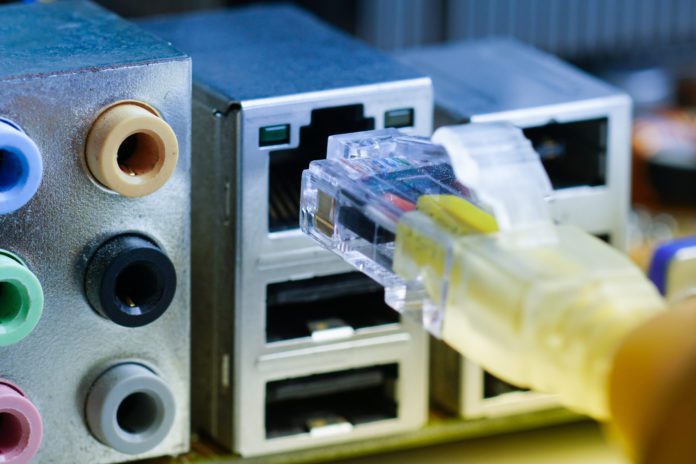Surging demand for better network access with minimum disruption and cost saving is leading to increased installations of power over Ethernet (PoE) infrastructure and compatible devices in a range of enterprise sectors.
The market for PoE chipsets is expected to grow at a CAGR of 12.6% and will reach a market size of $1. 2 billion by 2025, according to a new report released by Grand View Research.
Fueling the demand for PoE is steady growth in the education and healthcare sectors which has resulted in deployment of the technology in the commercial industry specifically for use in smart meter applications that achieve energy efficiency, improved comfort and convenience.
Companies like Akros Silicon, Inc., Cisco Systems, Inc. Flexcomm Technology Limited, Maxim Integrated Products, Inc., Microsemi Corporation; Texas Instruments Incorporated have all emerged as key players in PoE market.
What is power over ethernet (PoE)?
Before we launch further into the uses of PoE, let?s first understand what it is. PoE is a technology that enables network cables to carry electrical power to devices installed in buildings and other locations without requiring a separate power and data connection.
For example, a digital security camera installed inside of an office building uses a network connection to communicate with video recording and display equipment and a second connection is required to deliver the electricity to the camera. ?PoE allows one cable to accomplish both tasks.
In recent years, PoE has become popular in VoIP phones, IP cameras where it enables fast deployment and easy repositioning, and Wi-Fi and Bluetooth APs and RFID readers because it enables use in remote locations which are away from installed AC outlets.
Benefits of PoE
The primary advantage of power over ethernet is the delivery of data and power over one Cat5 or Cat6 ethernet cable. Remote installation generally costs less than optical fiber and does not require a qualified electrician, saving building owners valuable time and labor costs.
Further, the ethernet cable used in PoE is often already installed in many commercial and residential buildings. It works best for wireless access points, CCTV camera placements, and digital signage on the tops or sides of skyscrapers.
It is suitable for IT network installations, and cables for IP devices and small, out-of-the-way networks can be boosted for distances beyond 100 meters/ 300 feet for a single device through the use of PoE injectors.
However, the technology is not recommended for sending network data over long distances, or for extreme temperatures unless an industrial designation is present.
Data speed
One of the reasons why PoE technology is gaining traction is that data speeds are improving at a rapid rate. It can now deliver data at 1 Gbps (10/100/1000 Mbps) using Cat5 and Cat6 cables. The new IEEE 802.3bz standard can provide speeds of 2.5 Gbps to 5 Gbps over 100 meters with an immediate view toward 10 Gbps. Most high-definition streaming requires 400 Mbps which enables the network to efficiently manage streaming videos and perform other work functions such as checking email.
Power-over-ethernet has more than enough data speed to support devices in a local area network of computers and associated devices that share a common communications line or wireless link.
Beyond cost-savings
Since PoE eliminates the need to be tethered electrical outlets, devices such as security IP cameras and wireless access points can be located where they are needed most and repositioned more easily. PoE allows users to add devices in awkward or remote locations. In many cases, PoE can be a safer alternative because it is designed to protect network equipment from electrical overload, under-powering, or incorrect installation.
Another advantage is that POE power comes from a central and universally compatible source, rather than a collection of distributed wall adapters. It can be backed up by an uninterruptible power supply, or controlled to quickly disable or reset devices making the installation and distribution of network connections simple and effective.
How to upgrade to power over ethernet
Adding power over ethernet to your network is a very easy and straightforward process. Simply connect other network devices to a PoE switch as usual, and the switch will detect whether they are compatible and enable power automatically.
PoE switches are available to suit all applications ranging from low-cost unmanaged edge switches with a few ports to complex multi-port rack-mounted units.
It is also possible to upgrade powered devices, such as IP cameras, by using a special splitter. The splitter is patched into the camera’s network connection and taps off the power, which it converts into a lower voltage suitable for the camera.
The latest standard, IEEE 802.3 bt supports legacy devices and devices that are not manufactured to PoE standards can be added to a network inexpensively through the use of a splitter.

